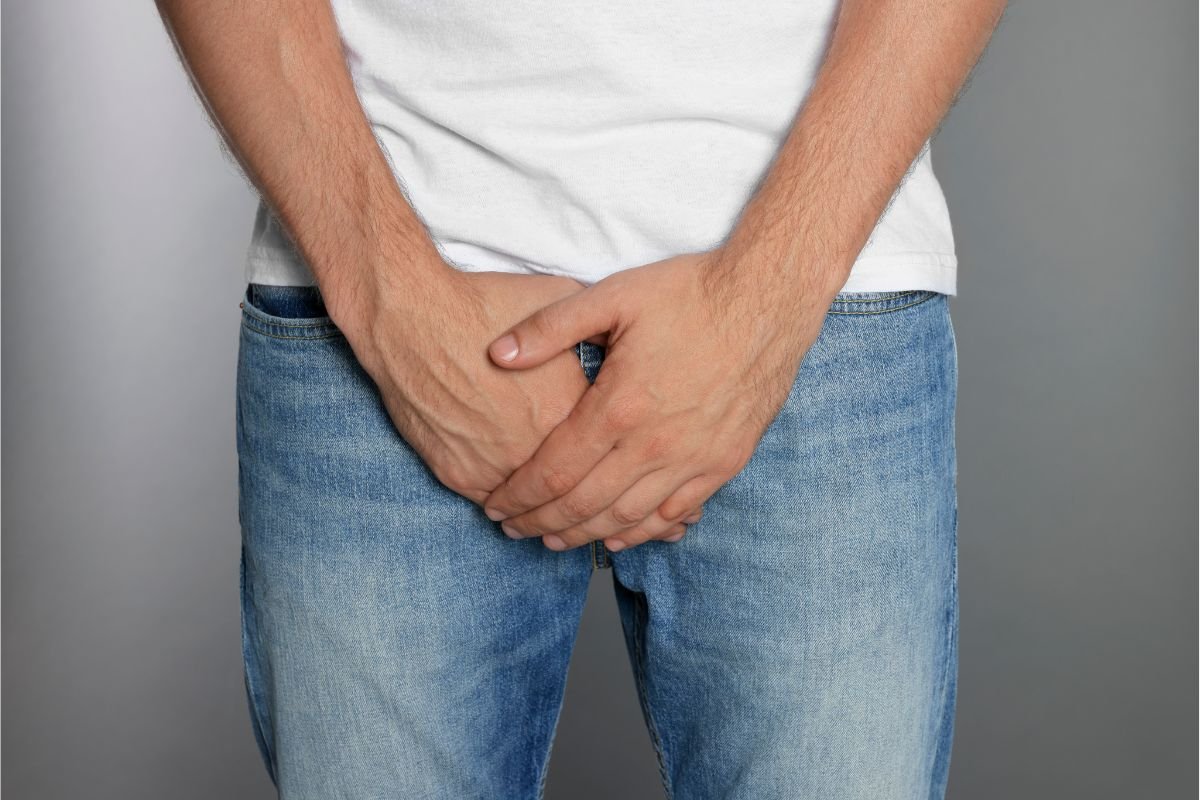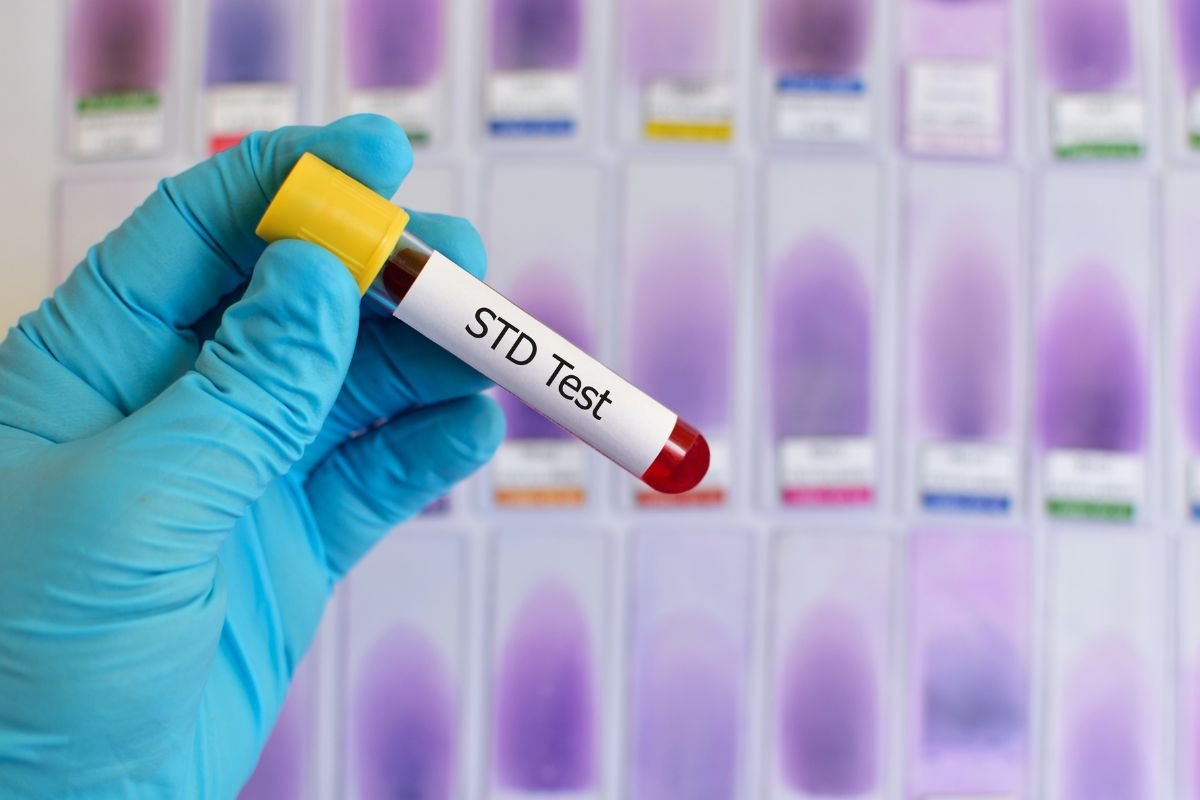Have you been experiencing recurrent symptoms such as itching, burning, and discharge that you believe to be signs of a yeast infection? If so, it can be difficult to differentiate between a sexually transmitted disease (STD) and a yeast infection.
Even though they share similar symptoms, an STD is caused by bacteria or viruses while a yeast infection is caused by fungi. Knowing the differences between the two is essential in getting the right diagnosis and prompt treatment.

Many STDs can go unnoticed if left untreated due to their similarity to typical yeast infections.
In this article, we’ll discuss some of the common STDs that cause symptoms similar to what is experienced during a yeast infection and how you can accurately diagnose them.
STD Versus Yeast Infection
An STD is an infection that is spread through sexual contact. It can be caused by bacteria, viruses, or parasites and can be passed from person to person through skin-to-skin contact, oral sex, or sexual intercourse.
A yeast infection, on the other hand, is a fungal infection caused by the overgrowth of Candida albicans. It can cause itching, burning, and discharge.
Yeast infections are usually treated with antifungal medications such as miconazole or clotrimazole. These medications can be taken orally or applied topically to the affected area.
The main difference between an STD and a yeast infection is the cause. STDs are caused by bacteria, viruses, or parasites and can be passed from person to person through skin-to-skin contact, oral sex, or sexual intercourse.
Yeast infections are caused by the overgrowth of Candida albicans and can be treated with antifungal medications.
The difference between an STD and a yeast infection is important to understand. Knowing the difference can help you get the right diagnosis and prompt treatment, and so getting tested is a priority if you think you may have an STD.
The only way to accurately diagnose an STD is through testing. Your doctor can order a variety of tests to determine if you have an STD or not.
Common STDs That Feel Like A Yeast Infection
There are several common STDs that can cause symptoms similar to a yeast infection. These include:
- Chlamydia
Chlamydia is a bacterial infection that can cause itching, burning, and discharge. It is often asymptomatic but can be diagnosed with a urine test or swab.
- Gonorrhoea
Gonorrhoea is another bacterial infection that can cause itching, burning, and discharge. Like chlamydia, this is typically asymptomatic but it can be diagnosed with a urine test or swab.
- Trichomoniasis
Trichomoniasis is a parasitic infection that can cause itching, burning, and discharge. Like the others, it can be diagnosed with a urine test or swab.
- Human Papillomavirus (HPV)
HPV is a viral infection that can cause itching, burning, and discharge. It is usually diagnosed with a pap smear or genital warts.
- Herpes
Herpes is a viral infection that can cause itching, burning, and discharge. It is usually diagnosed with a blood test or swab.
How To Accurately Diagnose An STD
If you think you may have an STD, it’s important to get tested as soon as possible. The only way to accurately diagnose an STD is through testing. Your doctor can order a variety of tests to determine if you have an STD or not.
These tests may include a urine test, blood test, swab, or physical exam.

When To See A Doctor
If you are experiencing any symptoms of an STD, it’s a good idea to see a doctor as soon as possible. Your doctor can order tests to accurately diagnose the infection and provide prompt treatment.
It’s also vital to practice safe sex and get tested regularly for STDs if you are sexually active.
When it comes to yeast infections, the need to seek medical attention depends on the severity of the infection. Mild yeast infections can often be treated at home with over-the-counter medications.
However, if the infection is more severe or does not respond to treatment, it’s vital to see a doctor for further evaluation and treatment.
Options For Treating A Yeast Infection
If you have been diagnosed with a yeast infection, there are several treatment options available. Over-the-counter medications such as creams and suppositories can help to relieve symptoms and treat the infection.
Your doctor may also prescribe an oral antifungal medication if the infection is more severe or does not respond to over-the-counter treatments.
It’s important to follow your doctor’s instructions when treating a yeast infection. This includes taking all medications as prescribed and completing the full course of treatment.
It’s also crucial to practice good hygiene and avoid douching or using scented products in the genital area. These can disrupt the natural balance of bacteria in the vagina and make it more susceptible to infection.
Options For Treating An STD
If you have been diagnosed with an STD, prompt treatment should be sought. Treatment can vary depending on the type of infection and can include antibiotics, antivirals, or other medications.
As we have mentioned, it is also crucial to practice safe sex and get tested regularly for STDs if you are sexually active.
It is important to note that not all STDs can be cured – some STDs, such as herpes, are incurable and require lifelong management (Also check out Yeast Infection Vs Herpes). In these cases, treatment is focused on managing symptoms and preventing the spread of the infection to others.
Treatment may include antiviral medications or topical creams to reduce itching and burning.
This is part of the reason that regular testing is so vital; if caught early, some STDs can be cured with antibiotics or other medications, while those that cannot be cured can have symptoms managed more effectively with early detection.
Final Thoughts
In conclusion, it is important to get tested and treated for STDs if you are experiencing any symptoms or think you may have been exposed to an infection.
While a yeast infection may feel like an STD, it is not the same and requires different treatments.
- Yeast Infection Vs Herpes - January 26, 2023
- How Long To Wait For Sex After Yeast Infection Treatment - January 26, 2023
- Yeast Infection Vs STD - January 26, 2023










